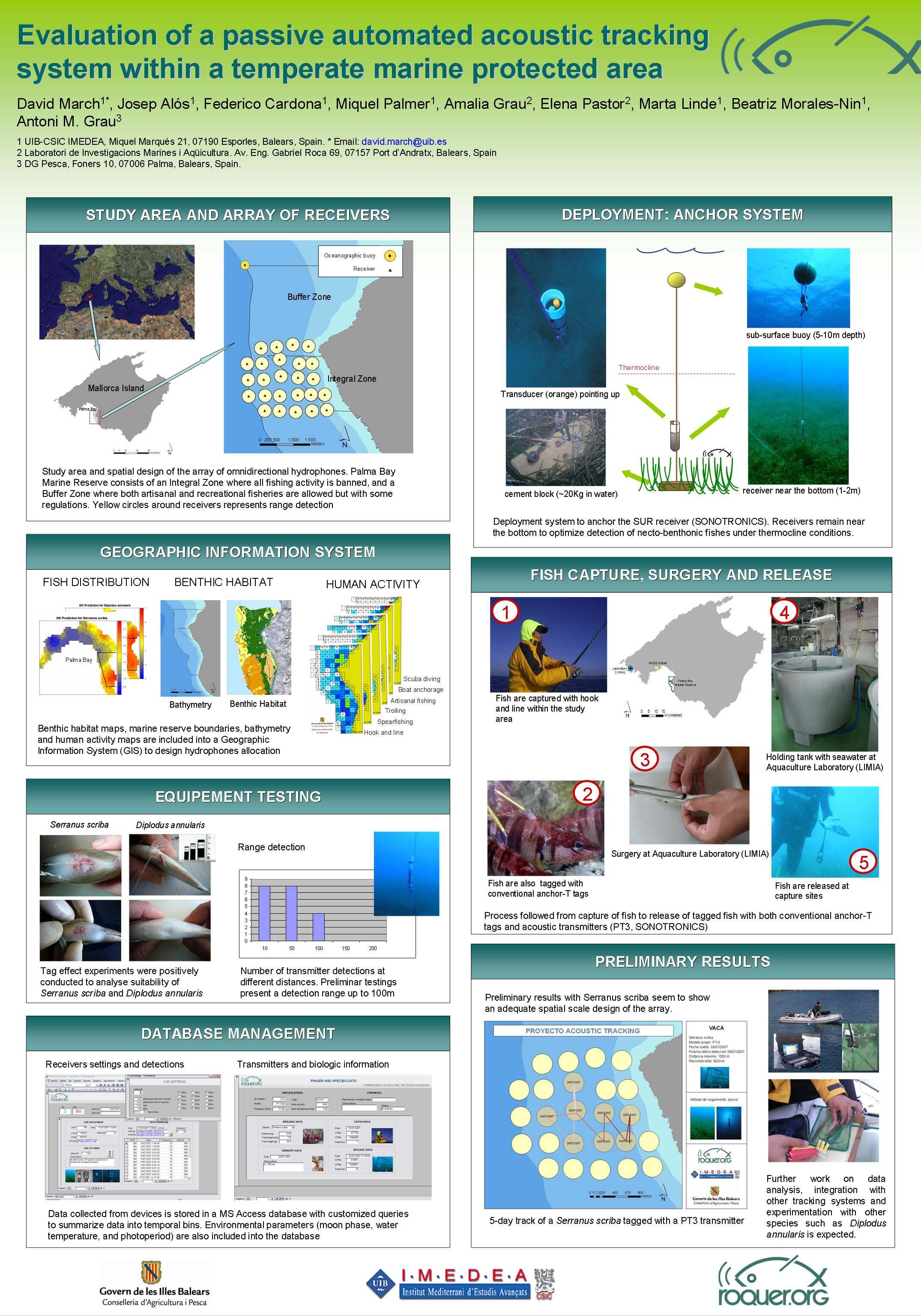Depth or Temperature Telemetry Product Comparison
Click here to download a datasheet which shows the comparison of Sonotronics products associated with Depth and Temperature Telemetry
Understanding Sonotronics Unique Pinger ID Algorithm
Click here to download a document which explains the algorithm used by Sonotronics for the unique ID of transmitters.
Custom transmitter labels
Email us to customize the labels in your transmitters. This allows you to leave a visible message that shows through the clear wall of the transmitter telling anglers, etc. where they can send the transmitters if found.
How to choose transmitters for your study
Consider the following when choosing the appropriate transmitter.
Size – The commonly used rule is 1.5% – 2% of the animal weight in air is maximum allowable transmitter weight in water . Exceptions to this rule are sometimes made by biologists in the case of robust species, crustaceans, and other animals that are determined to be able to hold a larger transmitter.
Lifetime – It is recommended that a lifetime that is 125% of the actual length of the study is used. This allows extra room at the end of the study, and helps guarantee a high output from the transmitters throughout the study.
Range – It is recommended that the highest output transmitter available that fits in the necessary lifetime and size categories be used. This guarantees greatest ranges in both automatic and manual tracking. Keep in mind that a number of factors in the environment can limit range.
Telemetry – There are a number of telemetry options available on Sonotronics transmitters. Temperature, acceleration (used for feeding and mortality), depth, and tilt. These options are chosen based upon the data desired in the study.
The Don L. Brumbaugh Memorial Equipment Scholarship
The Sonotronics’ Equipment Scholarship, established in 2005, commemorates Donald L. Brumbaugh’s pioneering work in the development of fisheries and wildlife biotelemetry technologies. The scholarship is designed to aid students in fisheries research projects. Read more…





